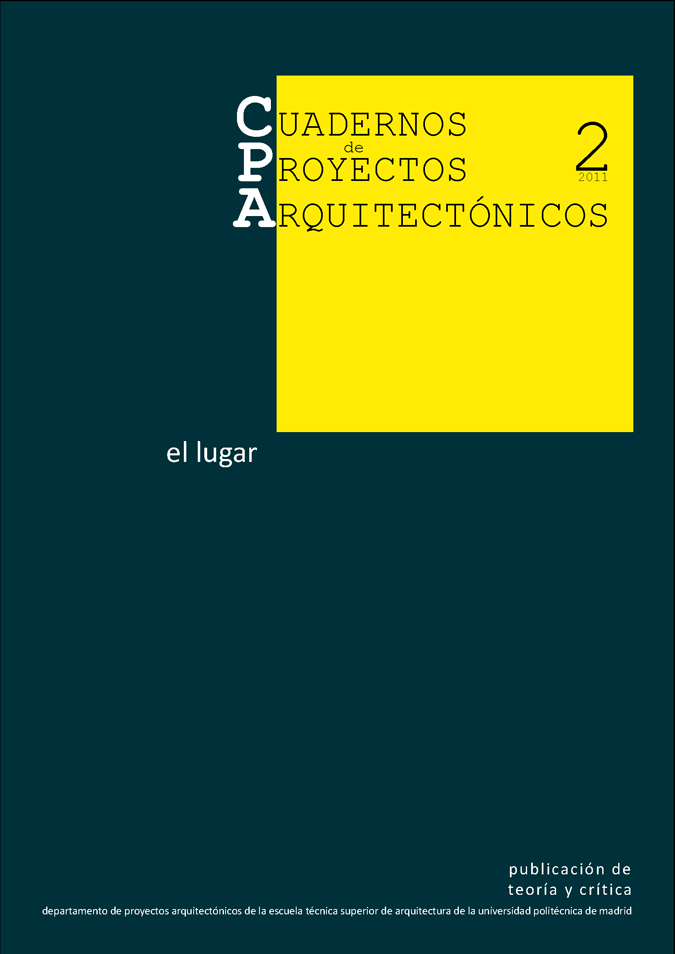Ronchamp. Un monstruo y tres lugares
Resumen
After the surprise that its construction caused, various interpretations regarding the heterodoxy of the Ronchamp chapel have appeared. The most recent of these points out its hybrid condition and gives way to another interpretation by relating the chapel with its author's declared intent of giving a "response to horizons" by means of a "word directed at the place" Le Corbusier also uses the avatars of the site during its previous one hundred agitated years, containing the abrupt appearance of a large-scale 19th century factory next to a modest one from medieval times, the overlapping of a ghost-like perimeter of free walls with a small hermitage, and the haughty presence of ruins, though mutilated, still capable of dominating a vast territory.
When he first saw the site, le Corbusier was "immediately mesmerized" by a place that is in truth three different places, since the current temple, like the ones preceding it, is a pilgrimage spot placed on a high visible kilometers away. It is also a space of reunion for thousands of pilgrims for annual ceremonies out in the open, and a parish church with weekly mass for little less than one hundred faithful. The building can be understood as the result of a "dream of reason" in which the confrontation of three fields of tension originated by many other emitting centers, each active in its own area and with its own scale, has produced a manifest hybridization on a set of distortions of form born out of reciprocal interaction.
Descargas
Descargas
Publicado
Número
Sección
Licencia
1. Los autores conservan los derechos de autor y garantizan a la revista el derecho de una Licencia Creative Commons Atribución-NoComercial-SinDerivar 4.0 Internacional que permite a otros compartir el trabajo con un reconocimiento de la autoría.
2. Los autores pueden establecer por separado acuerdos adicionales para la distribución no exclusiva de la versión de la obra publicada en la revista (por ejemplo, situarlo en un repositorio institucional o publicarlo en un libro).












